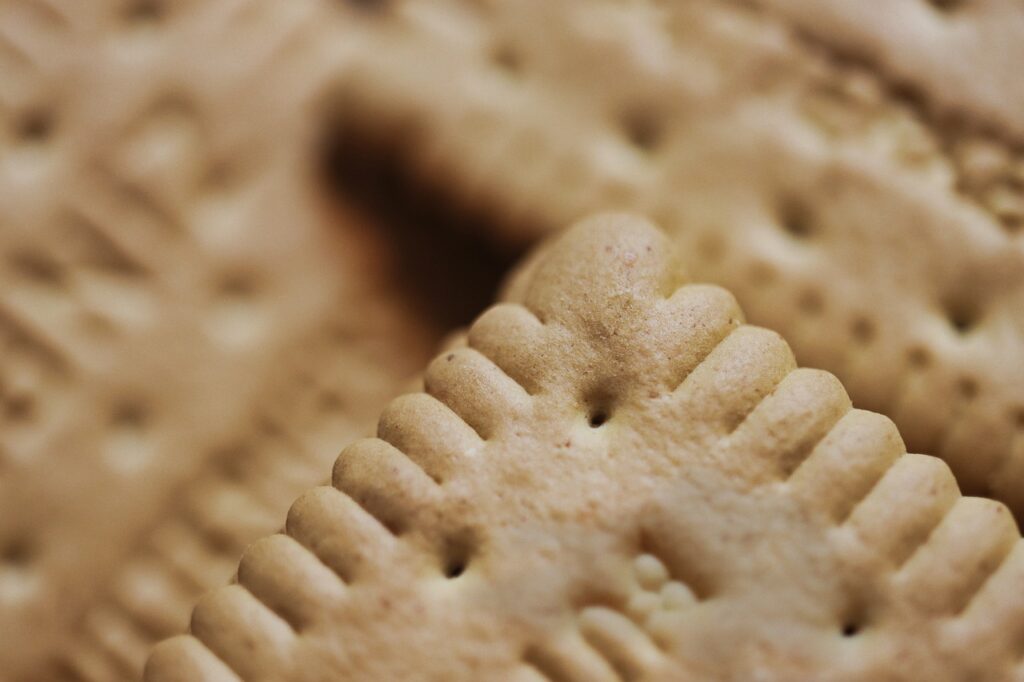Microinverters are an excellent investment for a lot of solar shoppers– especially if you have a complex roof or one with partial shading. Since microinverters operate at the panel level, they don’t need power optimizers for rapid closure compliance and optimization. Additionally, if something’s wrong with one microinverter, this won’t close down your whole system, just the panel attached to that single inverter. If one of your panels is underperforming, you can recognize and have your installer detect and repair the concern quicker than if you just had one central inverter.
Micro inverters optimises for each solar panel alone, except your entire solar system, as String inverts do. This enables every solar panel to perform at their maximum potential. In other words, one solar panel alone can not drag down the performance of entire solar array, as opposed to String inverters that optimize for the weakest web link. Shading of as low as 9% of a solar system connected to a String inverter, can bring about a systemwide decline in power output with as high as 54%. If one solar panel in a string had abnormally high resistance as a result of a manufacturing defect, the performance of every solar panel connected to that same String inverter would suffer. Similarly, insurance coverage concerns such as shading, dust, snow and even slight alignment mismatch on one of the photovoltaic panels would not bring the entire solar system down.
Micro inverters are level down more expensive than String inverters. Numbers from 2010 reveal that String inverters averaged at $0.40/ Wp (wattpeak), while the cost of micro inverters significantly higher at $0.55/ Wp. Higher first cost per wattpeak does not necessarily imply micro inverters are ultimately going to cost more. Several other variables need to be considered. Solar installments with micro inverters are simpler and much less time consuming, which typically reduced 15% of the installment costs. Better sturdiness and longer life expectancy ought to likewise be thought about.
Web-based surveillance on a panel-by-panel basis is typically available both for homeowner and installer. Continually evaluating the health and wellness of the planetary system can pave the way for additional tweaks and performance improvements. There are even mobile applications that allow you to monitor your PV system when on the road. Micro-inverters remove the demand for high voltage DC wiring, which improve the security for both solar installers and system owners.
While Solar Energy Solution ‘ll likely have better general system performance with microinverters, this comes with a cost. Generally, microinverters are more expensive than string inverters, so you have to weigh if the long-term performance benefit outweighs the upfront cost. String inverters typically remain on the side of your residence. At the same time, microinverters lie on your roof, meaning that if one needs to be fixed, the maintenance will be harder (and more costly if labor isn’t covered under your guarantee). As formerly mentioned, the other thing to be familiar with microinverters is clipping: often, the power output rating of your microinverter is lower than that of the panel itself. So, when your solar panel’s output exceeds the microinverter’s manufacturing, you get clipping and don’t get the full power output of your photovoltaic panel.
One of the tricky features of solar cells is that voltage needs to be gotten used to light level for maximum output of power. Simply put, the performance of a photovoltaic panel depends on the voltage tons that is applied from the inverter. MPPT is a strategy made use of to locate the best voltage– the maximum power point. When MPPT is related to each individual panel, as opposed to the planetary system overall, performance will naturally increase.
Subscribe to Updates
Get the latest creative news from FooBar about art, design and business.
4 Mins Read
5 Factors Why Having An Exceptional Best Micro Inverter Isn’t Adequate
Previous Article8 Perks Of Micro Inverter That May Change Your Point of view
